Whenever someone asks me, ‘Are you a cat person or a dog person?’ I have a hard time answering. It’s like choosing between coffee and tea, they are both great for totally different reasons. So why choose? Why not both the dog and the cat?
There is something really appealing about the idea of coming home to a playful puppy and a chill cat. They offer a balance of energy and calm, affection and independence!
I know a lot of people who dream of that kind of home, the one where a teacup dog and a curious cat co-exist without chaos. Yes, it is totally doable. You just need to choose the right kind of dog.
Some teacup dog breeds are naturally better suited to feline roommates. The ones that are more relaxed, affectionate, and less likely to trigger a cat’s fierce instincts.
If you are looking to adopt a tiny pup who can vibe with your feline friend, or you want to get both at the same time, here are some friendly dog breeds you might want to look into!
Why Are Teacup Dog Breeds Good with cats?
Teacup dogs are small, gentle, and usually bred to be companions. It makes them a great match for cats. Their size alone makes them less intimidating and less likely to trigger a cat’s territorial side. Most of them aren’t aggressive and just want affection and a cozy place to nap!
They also have some cat-like qualities. Many are independent, love lounging in warm spots, and don’t mind doing their own thing, which is what cats prefer. A pup that gives them space! When introduced the right way, a teacup dog can easily learn to live in harmony with a cat.
It all comes down to choosing the right breed. Some are naturally more easygoing and cat-friendly than others. Here are some dog qualities that help make things easier:
Small and non-threatening, so cats don’t feel cornered
Affectionate and calm, which helps avoid conflict
Easy to train and quick to adapt to routines
Teacup Dog Breeds Good With Cats
1. Papillon
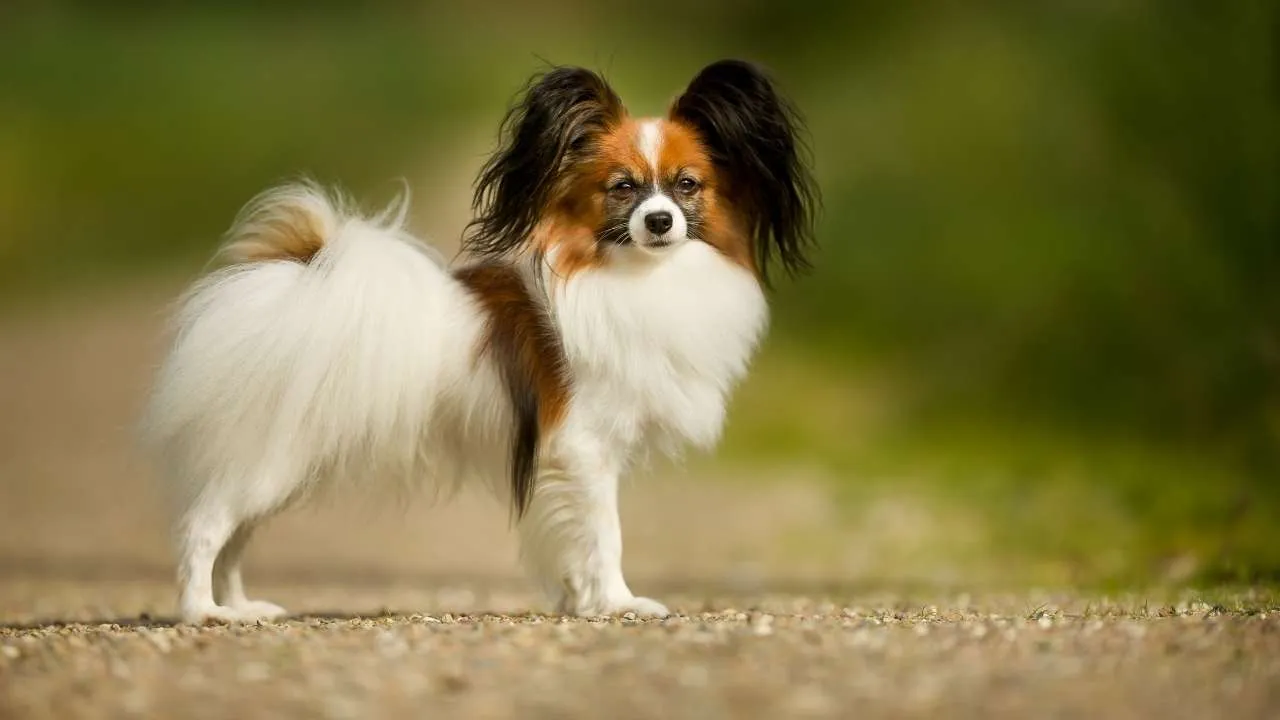
Papillons are an energetic and intelligent dog breed. They are known for their signature ‘butterfly-ears’ and friendly nature. These small dogs get along with cats as well as other animals. Their playful yet gentle nature makes them a good companion for more laid-back felines.
Some users on Reddit confirm that paps adore cats. It’s actually the cats who may sometimes get annoyed by their upbeat roommates.
That being said, Papillons are generally not aggressive; they often prefer to keep things calm and enjoy a good play session followed by a long nap.
Their small size means they are not intimidating to cats. But, they may sometimes get vocal to grab attention. With a little patience and socialization, Paps can definitely co-exist with cats.
2. Pug

Pugs are the most relaxed yet charming dogs ever! Their easygoing temperament makes them a great fit for homes with other pets, including cats. Pugs are naturally affectionate and tend to get along well with everyone they meet, whether human or animal.
Cats being cats, get annoyed pretty easily, especially if a dog does not respect their personal space or nags them during nap times. So, Pugs’ laid-back attitude means they’re less likely to challenge your cat’s space or make things chaotic inside the house.
It is better if they are introduced to cats from puppyhood. Involving them in shared activities and rewarding them for positive behavior ensures a harmonious environment.
Pugs are incredibly adaptable, too. Whether your cat is young and playful or older and more reserved, a pug will quickly adjust. Their social nature ensures that they’ll make great companions for a cat who is comfortable with other animals in the home.
3. Bichon Frise
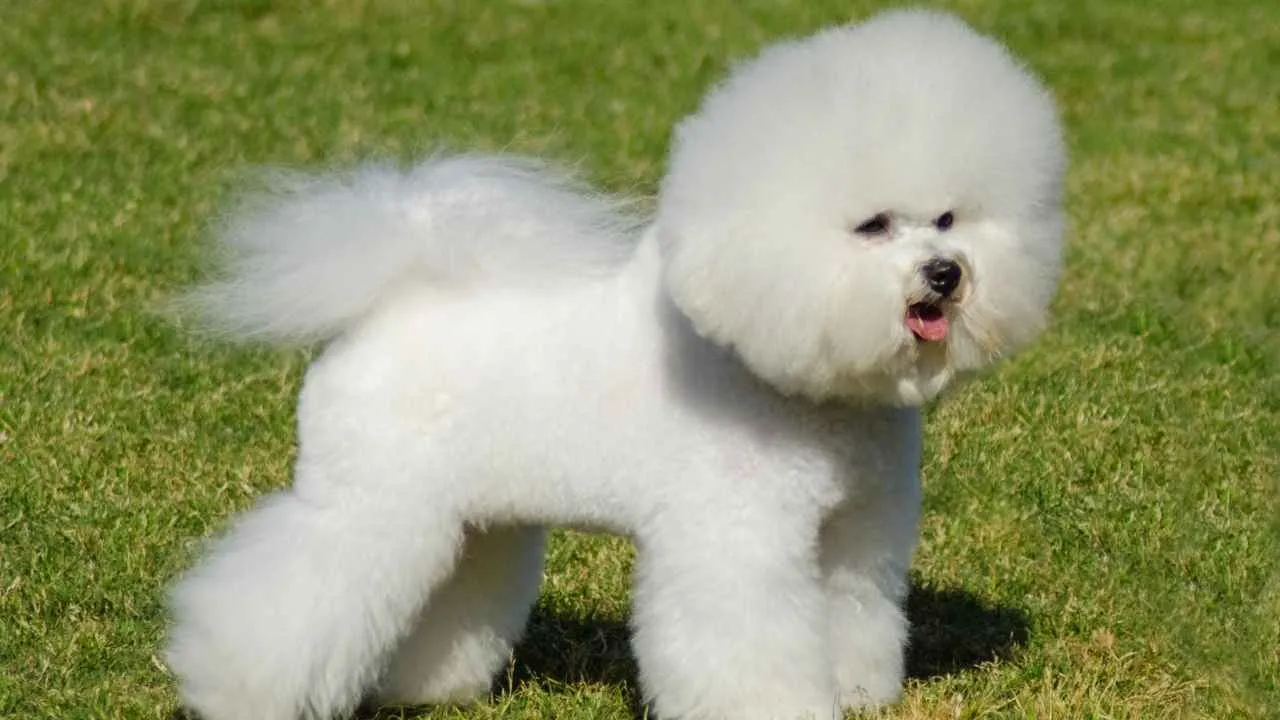
The Bichon Frise is one of the smallest yet most affectionate toy dog breeds. They are known for their loving, friendly, and playful nature. They are very social and form close bonds with their family members, including other pets and cats.
They do have a little curious streak to their personality, due to which they may sometimes bug their feline fellows. But there’s nothing to worry about. They will not cause any harm as they barely have any hunting instincts.
If you are looking to introduce a Bichon to your cat, it should be done with care, as suggested by the RSPCA. Cats value their personal space and can become upset if they feel their territory is being invaded. It is important to supervise their first interactions.
Bichon Frise does require regular grooming to maintain its fluffy yet hypoallergenic coat. The coat may develop a puppy odor if not cared for properly. Some cats will not appreciate it.
With proper training and patience, they can become great companions for cats.
4. Maltese
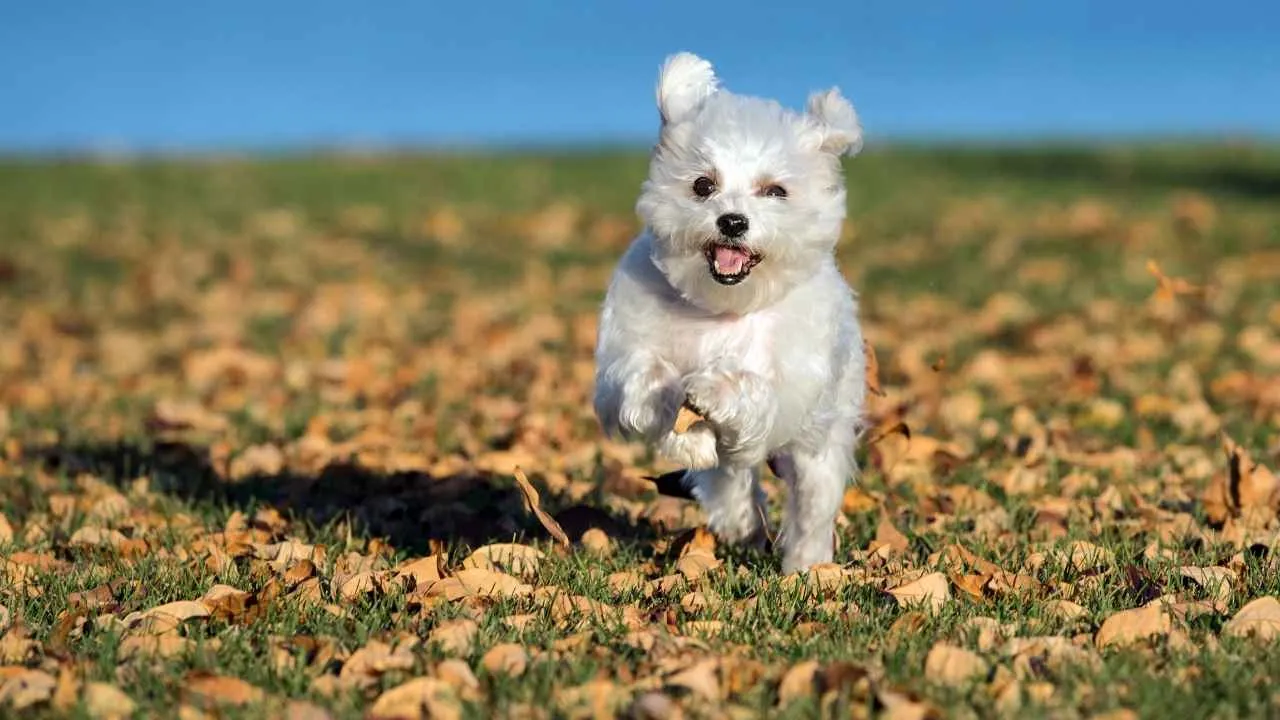
Maltese dogs are known for being sweet and affectionate. If you’ve got a cat who’s more independent or even a little shy, a Maltese could be the perfect companion. They will not dominate the space or push their way into your cat’s personal area.
These dogs enjoy being close to their family, but they’re not overly demanding. They’ll happily curl up next to your cat and enjoy the quiet moments, and if your cat prefers their own space, the Maltese will respect that too. Their calm and gentle nature makes them great for older cats or those who aren’t interested in constantly being around other animals.
Despite their size, Maltese dogs have big hearts. They’re not overly energetic or aggressive, so they’ll get along well with a cat breed that prefers peace and doesn’t mind the occasional cuddle.
5. Poodle
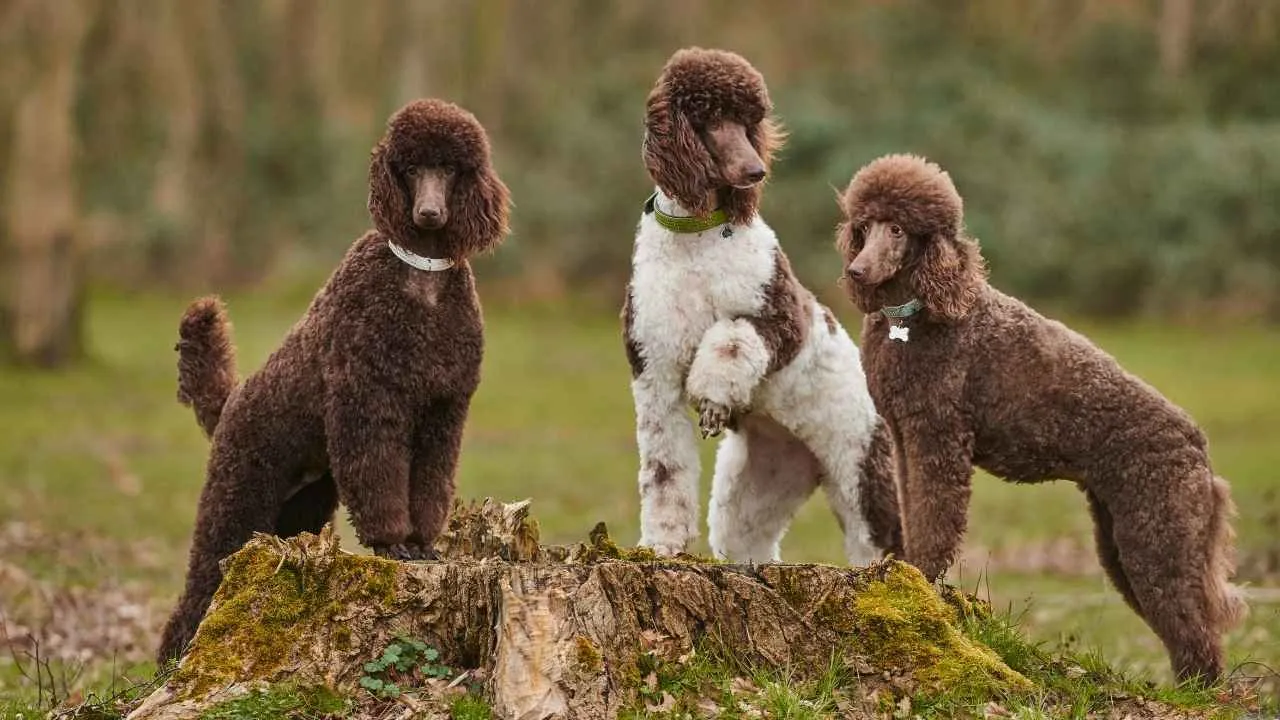
Bringing a poodle into a home with a cat can actually work out better than you’d expect, especially with the toy and miniature sizes. These smaller poodles have a softer presence, which helps when you’re introducing them to a typical cat that likes quiet and control.
They’re also pretty intuitive dogs, often picking up on a cat’s mood without much trouble. That makes the early days of companionship smoother, as long as you’re not rushing it.
So basically, start small. Let them get used to each other’s scent before doing any face-to-face introductions. A good trick is swapping their bedding or toys. Poodles are quick learners and respond well to praise, so it’s easy to reinforce gentle, respectful behavior early on.
Poodles are low-shedding and tend to stay clean, which cats seem to appreciate. They’re also less likely to startle a cat with sudden moves or noise.
6. Pomeranian
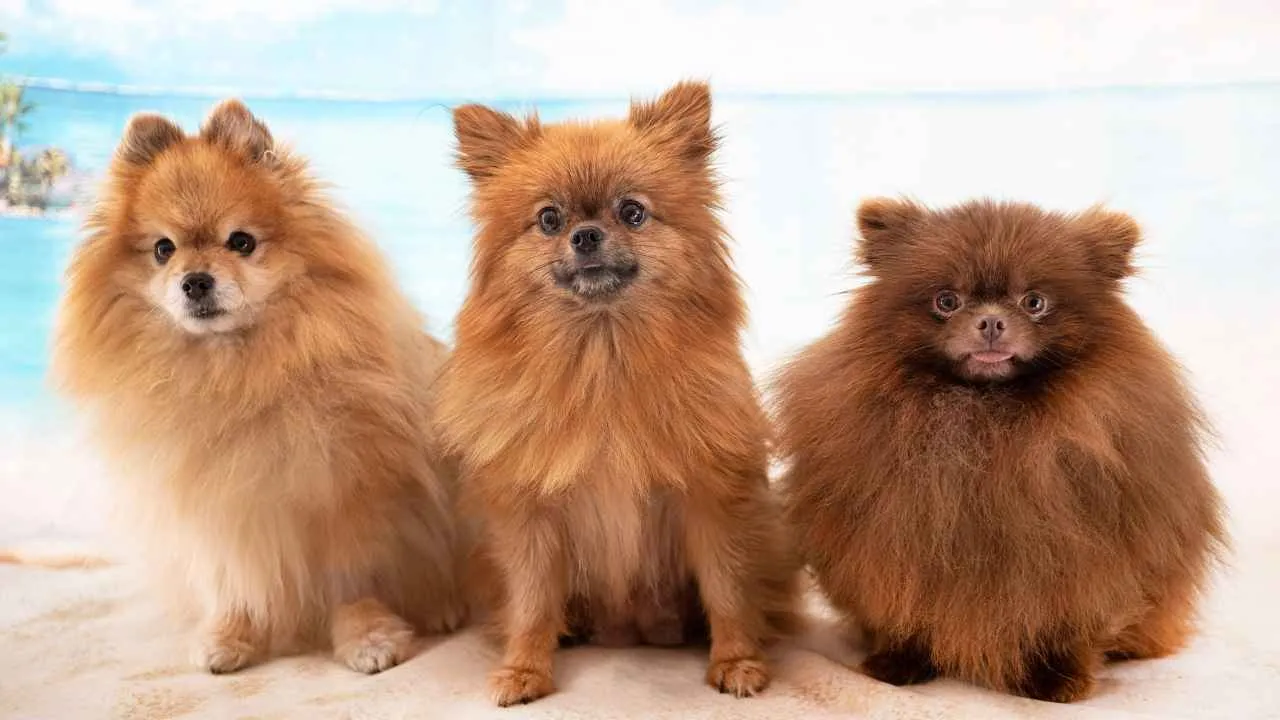
Pomeranians and cats can get along well, especially with the right introduction. Their similar size makes interactions less intimidating for both. The key is to start slow when introducing them. Let them sniff each other’s scent through a door before any meeting. Supervising all early interactions and taking notes helps at the start.
Pomeranians.org states that it is important that each pet has its own space to retreat to. Cats especially need high, quiet spots where they feel safe. Separate feeding areas are also a must, as both may get a bit possessive about it.
Rewarding good behavior with treats and praise ensures a positive outcome. If your Pom stays calm near the cat, reinforce it. Over time, they’ll learn to trust each other. With patience, they often grow into good companions. Some even play or nap together. The key is taking things step by step.
7. Cavalier King Charles Spaniel
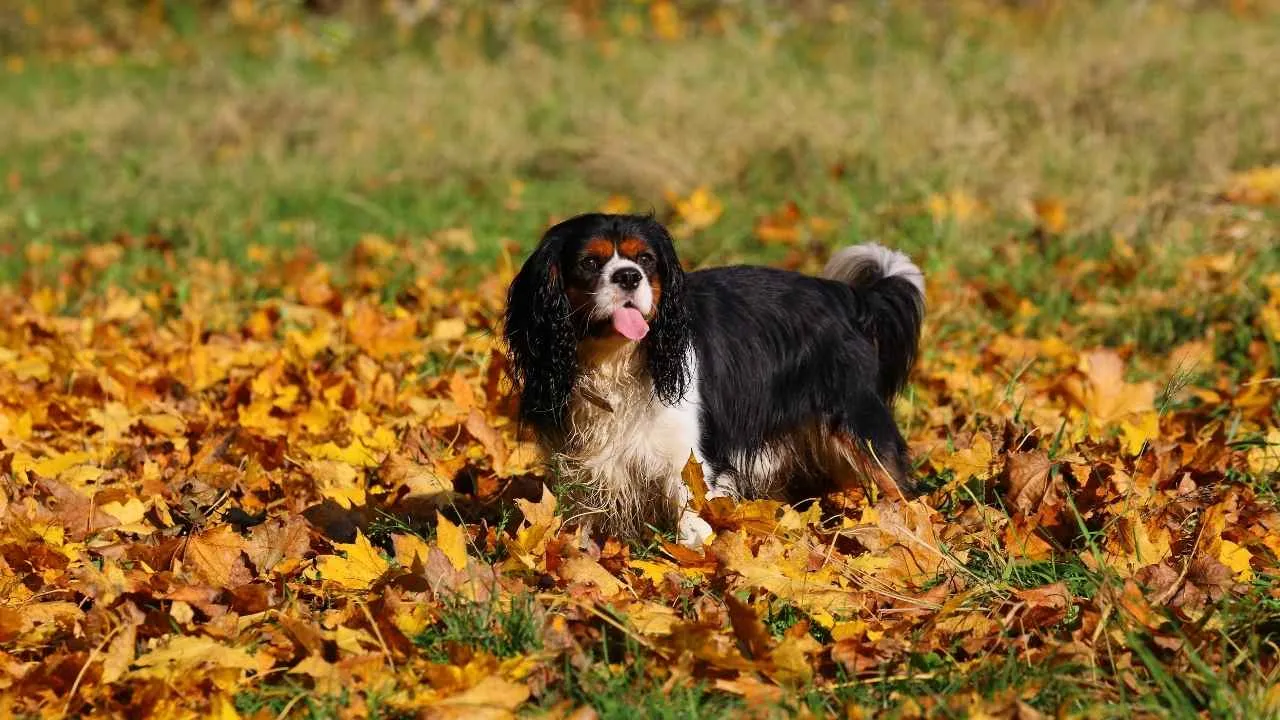
Cavalier King Charles Spaniels are known for their gentle and affectionate nature. Originally bred as lap dogs for European royalty, they are all about lounging and relaxation.
These dogs are all about forming bonds. They get along with everyone, including cats. Even if your cat is a little territorial or shy, their calm and nonaggressive nature means they won’t cause any tension
They are special as they can adapt to different situations and personalities really well. They’re just as happy lounging quietly next to a cat as they are playing together.
Over time, Cavaliers often form strong, relaxed relationships with cats. These dogs offer affection without being overwhelming, which makes them perfect for creating a peaceful, happy home for both you and your cat.
With the right introduction, a Cavalier can easily fit into a household with cats.
Conclusion
When it comes to bringing a dog and a cat together in the same household, it’s all about finding the right match and making sure introductions are handled with care.
Many dogs, whether they’re small dog breeds like Pomeranians and toy breeds like the Cavalier King Charles Spaniel, or larger dogs like Golden Retrievers and Labrador Retrievers, can peacefully coexist with cats. While breeds like the Cocker Spaniel, Boston Terrier, and even the gentle giant Alaskan Malamute may not be explicitly mentioned above due to their varied sizes, they can also be great companions for cats, with proper socialization methods.
Dogs from the herding group, such as Border Collies and Australian Shepherds, with their strong herding instinct, may require a bit more training to ensure a peaceful household. On the other hand, sight hounds and terrier group dogs might show a bit more curiosity, but can still learn to live harmoniously with cats.
Regardless of the breed, whether a sweet dog, a playful personality, or a gentle giant, most dogs, when introduced carefully and with patience, can peacefully coexist with cats.
If your favorite dog breed wasn’t mentioned, don’t worry; with the right approach, most dogs can form wonderful bonds with their feline companions.


